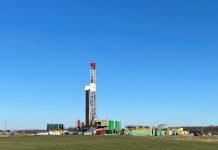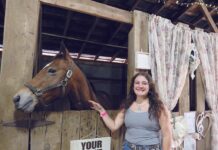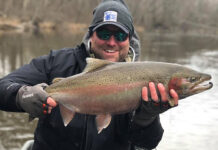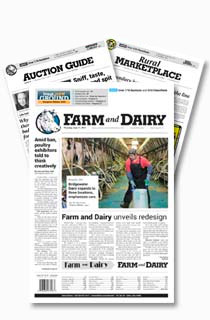In Guernsey County, Ohio, we were in the heart of the drought, which caused significant stress to many of our plants. As our pastures begin to break dormancy, I’m eager to see how they will perform this year. Given the amount of stress the pastures have encountered, I highly recommend forage testing to accurately assess their nutritional value.
Forages are the primary food source for cattle, with grazing pastures offering grasses or legumes, and other options including hay or silage. Forage testing provides valuable insights into the nutritional content of these feeds, helping you determine whether supplementation is necessary or if you may be over-supplementing. With high-quality forage, you can reduce supplementation, leading to cost savings. On the other hand, if your forage is of lower quality, additional supplementation may be required, which could increase costs and prevent your cattle from reaching their ideal body condition.
Forage testing
Forage testing involves collecting a sample of pasture, hay or silage and sending it to a lab for analysis. Common components tested include crude protein, dry matter, acid detergent fiber, calcium and phosphorus, though there are others. Check your local extension office to see if they offer a forage probe for rent, along with a step-by-step guide on how to properly collect your samples. Conducting forage tests helps optimize forage use, improve animal health, enhance reproduction and boost overall performance. Additionally, if you sell forages, testing can help you set competitive pricing and compare the quality of your forage to others.
Ideally, forage testing should be done shortly after harvest and before feeding the forages. If you test your forages after harvest and then bale and store them, the quality may change due to storage conditions and further maturity.
When taking a forage sample from baled hay, the process for square bales and large round bales differs slightly, but the general principle remains the same. For square bales, the forage probe should be driven into the end of 15 to 20 bales, typically using a drill or hand crank. For large round bales, the sample is taken from the round side of the bale, and you should collect 10 to 12 samples from different bales. It’s crucial to remove the outer oxide layer before sampling, as it can skew the results. As you are collecting the samples, place the cores into a clean bucket and thoroughly mix them together. Next, spread the samples onto a clean, flat surface and divide them into quarters. Take the two opposite quarters, ensuring to capture the hay fines, as they are the most nutritious part of the sample.
Pastures can be analyzed by collecting samples from the height at which the animals are grazing. It’s important to take several random samples from different locations to get a representative sample. Ideally, you should allow the samples to dry before sending them to the lab for analysis, as this helps prevent moisture from affecting the results and ensures a more accurate assessment of the forage’s nutritional content.
One way to sample silage is by collecting five to six samples from the feed bunk, placing them in sealable bags. Gather samples over two to three days to ensure a representative mix. After collecting the samples, thoroughly mix them together and take a portion of about 1 to 2 pounds. To help preserve quality and give an accurate test result, refrigerate the samples during the testing period.
It is crucial to use proper sampling techniques to ensure accurate data. Samples should be randomly selected and you should follow the correct guidelines. Each field should have its own sample, especially if the forages were cut on different days. Make sure to store your cuttings in a way that they can be easily identified when it’s time to test them. Ensure forages you are feeding your cattle are clearly labeled so they can be properly matched with the analysis results.
Reviewing results
When reviewing your forage test results, it’s important to focus on key components such as dry matter, crude protein, acid detergent fiber, neutral detergent fiber, net energy maintenance, net energy gain and minerals. Here are some guidelines to consider when analyzing your results: If your ADF is on the higher end (40% to 50%), expect lower digestibility and energy content. An ideal ADF range is 30% to 35%. For animals requiring more energy, aim for a lower NDF (30% to 40%), while a higher NDF (55% to 60%) means the forage will be coarser, better suited for cattle with lower energy demands. High-quality forage is essential for improving body condition in cows, supporting lactating cows and promoting growth in young cattle.
Analyzing your dry matter ratio can help save money and ensure that your cattle’s nutrient requirements are met, leading to a healthier herd. For beef cows, they should consume about 2% to 2.5% of their body weight in DM per day. For example, a 1,000-pound cow would need to consume 25 pounds of DM daily (1,000 x 0.025). To determine how much forage this would require, divide the daily intake by the DM percentage: pounds per day/ DM% = pounds per day of forage. This calculation helps assess whether the cow can meet intake goals with the available forage or if supplementation is necessary
Forage testing is crucial for optimizing livestock nutrition by providing valuable insights into the nutritional content of forages. Investing in forage testing is a straightforward yet powerful way to improve livestock performance and ensure the long-term success of a farm.













